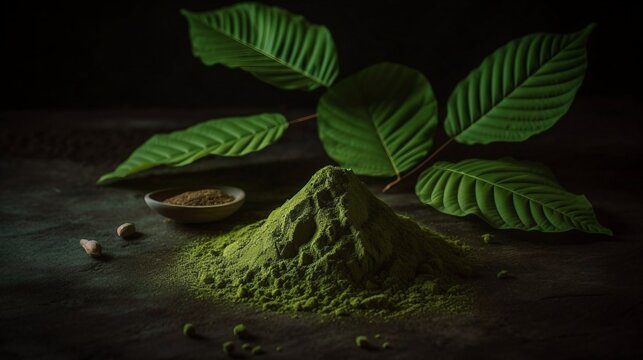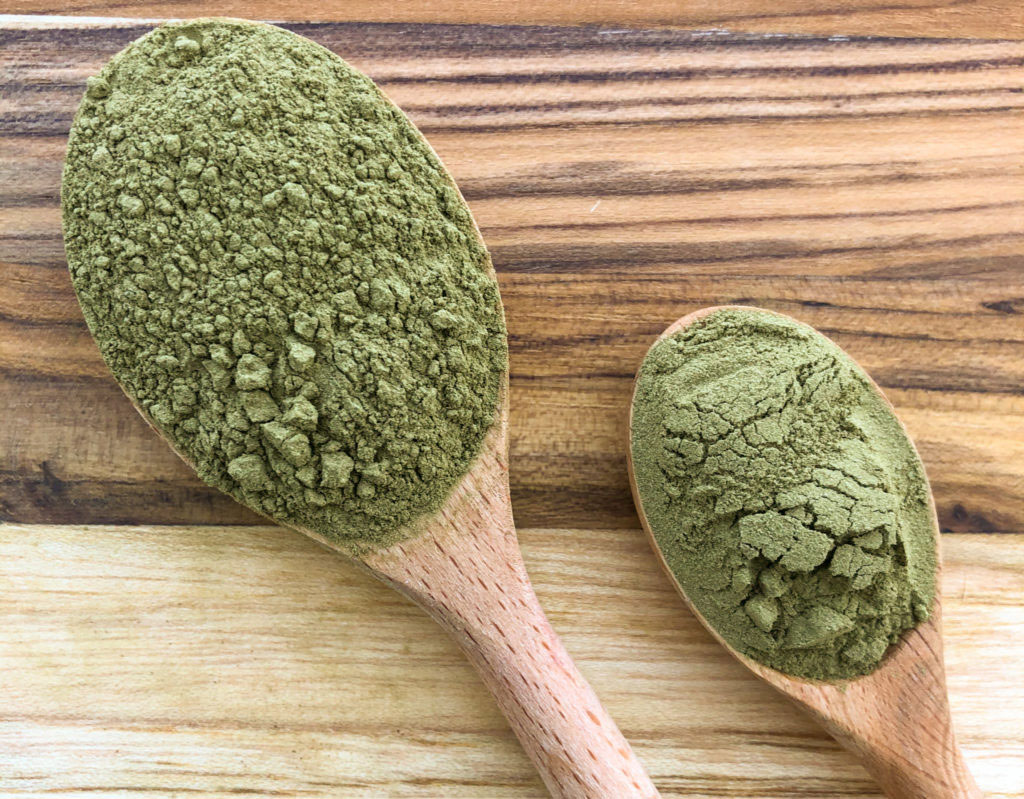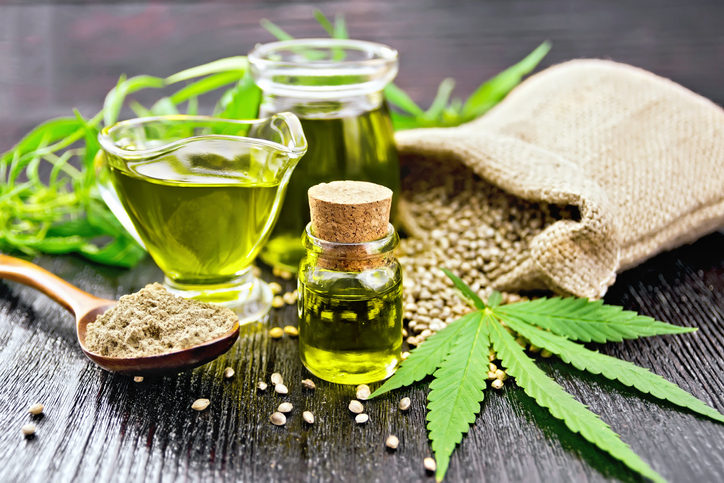Kratom Strains and Their Effects on Focus and Productivity
Kratom, a tropical tree native to Southeast Asia, has gained popularity for its potential effects on mood, energy, and focus. Its leaves contain alkaloids, primarily mitragynine and 7-hydroxymitragynine, which interact with opioid receptors in the brain and have a variety of effects depending on the strain and dosage. Understanding how different kratom strains impact focus and productivity can help users select the most suitable variety for their needs. There are three main types of kratom strains, categorized by the color of the veins in the leaves: red, white, and green. Each strain has its own distinct effects on focus and productivity. Red Vein Kratom: Red vein kratom strains are typically associated with relaxation and pain relief. They are known for their sedative effects, which can be beneficial for managing stress and promoting restful sleep. While they might not be the first choice for boosting focus or productivity, they can be helpful for individuals who need to unwind after a stressful day. Red strains are often used in the evening to help transition into a more restful state, indirectly supporting productivity by ensuring a good night’s sleep.

White Vein Kratom: White vein strains are renowned for their stimulating and energizing properties. These strains are commonly used by those seeking enhanced focus, increased motivation, and improved productivity. White vein kratom for energy often provides a clear-headed and alert feeling, making it suitable for tasks requiring mental clarity and sustained attention. Users may find that white vein strains help them tackle challenging projects or maintain concentration during long work sessions. However, the stimulating effects can sometimes lead to increased anxiety or restlessness if taken in high doses, so it is important to start with a lower dose and assess personal tolerance.
Green Vein Kratom: Green vein strains are considered to be a balanced option, combining mild stimulating effects with moderate pain relief. They provide a gentle boost in energy and focus without the intense stimulation of white vein strains. This makes green vein kratom an appealing choice for those seeking a moderate increase in productivity and mental clarity while maintaining a sense of calm and well-being. Green strains are often favored by individuals looking for an all-day support system that enhances focus without causing jitteriness or excessive stimulation. When selecting a kratom strain for focus and productivity, it is crucial to consider individual preferences and responses. Each person’s reaction to kratom can vary based on factors such as dosage, body weight, and overall health. It is advisable to start with a small dose of any new strain and monitor its effects before gradually increasing the amount.

